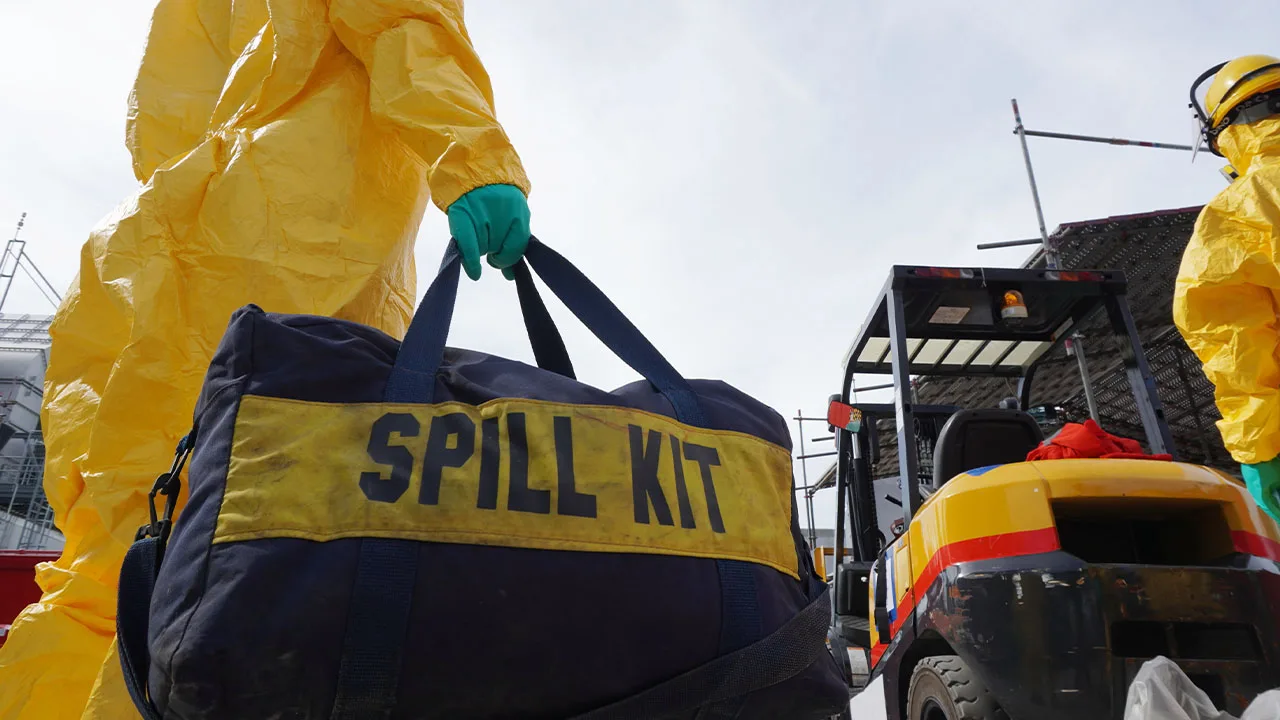Imagine this: you’re going about your day, maybe grabbing a chai with a friend, when suddenly you feel a burning sensation in your throat. Panic sets in – could it be a chemical incident happening inside your own body? Fear not, my friend! This article will equip you with the knowledge to navigate this situation. We’ll delve into the sneaky ways chemicals can invade our bodies, the havoc they can wreak, and, most importantly, what you can do to get back on your feet.
Primary Keyword: Chemical Incident in Human Body Secondary Keywords: Chemical Exposure, Internal Chemical Reactions, Poisoning, Treatment
Maruti Suzuki Swift 2024: Booking, features, launch date and price
2024 Bajaj Pulsar 125: Powerful bike with powerful updates!
So, how exactly can a chemical incident occur within you? Buckle up, because it can happen in more ways than you think!
The Sneaky Six: Routes of Chemical Entry
Our bodies are like complex fortresses, but even the sturdiest defenses have weak points. Here’s a breakdown of the six main ways chemicals can breach our defenses:
| Route of Entry | Example | How it Happens |
|---|---|---|
| Inhalation | Breathing in fumes from household cleaners | This is a common culprit, especially when cleaning products are mixed or used in poorly ventilated areas. |
| Ingestion | Swallowing contaminated food or medication | Accidental ingestion of medication or exposure to toxins in food can lead to internal chemical incidents. |
| Skin Contact | Absorbing chemicals through the skin | Certain chemicals can be readily absorbed through the skin, especially if there are cuts or abrasions. |
| Injection | Accidental injection with a needle or insect bite | This is less common but can happen with medical procedures or exposure to venomous insects. |
| Eyes | Chemicals splashing into the eyes | Similar to skin contact, chemicals can irritate and damage the sensitive tissues of the eyes. |
| Mucous Membranes | Chemicals entering through the nose or mouth | Similar to inhalation, chemicals can irritate these sensitive tissues upon contact. |
Chemical Chaos: Signs and Symptoms
Now, let’s talk about the red flags – the signs and symptoms that might indicate a chemical incident happening inside you. These can vary depending on the type and amount of chemical involved, but some common ones include:
- Nausea, vomiting, and diarrhea
- Difficulty breathing, coughing, or wheezing
- Burning sensation in the throat, eyes, or skin
- Dizziness, headache, or confusion
- Skin rash, irritation, or burns
- Seizures or loss of consciousness (in severe cases)
Emergency Action: What to Do When Chemicals Go Rogue
If you suspect a chemical incident, staying calm and taking immediate action is crucial. Here’s a quick guide:
- Remove yourself from the source of exposure – Get away from fumes, contaminated food, or any other source of the chemical.
- Call emergency services – Dial 108 or seek immediate medical attention, especially if symptoms are severe.
- Provide information – If possible, inform medical personnel about the type of chemical you suspect exposure to. This will help them determine the best course of treatment.
- Follow instructions – Listen carefully to the instructions of medical professionals and follow them diligently.
Remember: Don’t try to be a hero! In some cases, attempting to remove the chemical yourself can worsen the situation. Leave it to the professionals.
Treatment Tango: How Doctors Fight Back
The good news is, doctors have an arsenal of weapons to fight back against chemical invaders. Treatment will depend on the specific situation, but some common approaches include:
- Decontamination – This involves removing the chemical from the body’s surface (skin, eyes) or inducing vomiting (if ingested).
- Antivenins or Antidotes – For specific types of poisoning, doctors might administer specialized medications to counteract the effects of the chemical.
- Supportive Care – This may involve managing symptoms like pain, nausea, or difficulty breathing until the body can eliminate the chemical.
- Dialysis – In severe cases involving kidney failure due to chemical exposure, dialysis might be necessary to filter the blood.
Chemical Champions: Preventing Internal Incidents
Prevention is always better than cure! Here are some tips to minimize your risk of a chemical incident:
- Read labels carefully – Always read product labels and safety instructions before using any cleaning products, pesticides, or medications.
- Store chemicals safely – Keep chemicals in their original containers, out of reach of children and pets, and in a cool, dry place.
- Proper ventilation – Always ensure proper ventilation when using strong chemicals, especially indoors.
- Wear protective gear – Use gloves, goggles, and masks when handling potentially hazardous chemicals.
- **Be



